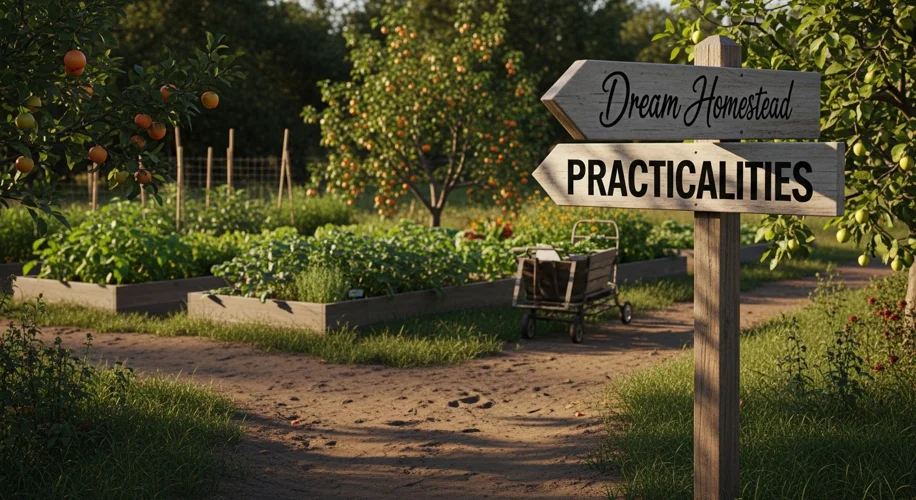Lately, I’ve been hearing a lot of chatter about the homesteading dream – packing up, moving to the country, and living off the land. It’s a romantic idea, I get it. There’s something deeply appealing about self-sufficiency and a closer connection to nature. My own garden has given me a taste of that satisfaction, but transitioning to a full-blown homestead is a whole different ballgame.
If you’re feeling that pull, let’s break down some of the realities involved. It’s not just about planting a few more seeds; it’s about building a life from the ground up, literally.
Finding the Right Land
This is often the first big hurdle. You need land, of course, but not just any land. Consider:
- Soil Quality: Is it fertile? Will it support the crops and livestock you envision? You might need to do soil testing and amendment.
- Water Access: Reliable water is non-negotiable. Think wells, natural springs, or municipal hookups. What’s the water quality like?
- Zoning and Regulations: Rural doesn’t always mean no rules. Check local ordinances regarding building, farming, and even things like raising chickens.
- Location: How far is it from necessities like grocery stores, medical care, or places to sell your surplus goods? Consider access for deliveries and your own travel.
Building Your Infrastructure
Once you have land, you need a place to live and the facilities to support your lifestyle. This could mean:
- Housing: Building or renovating a home takes significant time, money, and expertise.
- Outbuildings: Barns, sheds, root cellars, and coops all require planning and construction.
- Utilities: Getting electricity, internet, and waste management set up in a rural area can be complex and costly.
- Fencing: Essential for keeping livestock in and predators out, fencing is a major undertaking.
Sustainable Practices: The Heart of Homesteading
This is where my own passion for gardening really shines, but on a homestead scale, it’s a full-time job.
- Food Production: Growing enough food to sustain yourself (and maybe more) involves more than just planting. You’ll need to think about crop rotation, seed saving, pest management without harsh chemicals, and season extension.
- Livestock: If you plan on having animals for eggs, milk, meat, or fiber, you need to understand their specific needs for feed, shelter, health care, and handling.
- Energy: Many homesteaders aim for energy independence through solar, wind, or other renewable sources. This requires an initial investment and ongoing maintenance.
- Waste Management: Composting, managing animal manure, and dealing with household waste are all critical parts of a closed-loop system.
The Learning Curve
Honestly, the biggest takeaway for me from my gardening journey is that there’s always something new to learn. Homesteading amplifies that. You’re likely to be wearing many hats: farmer, builder, mechanic, veterinarian, accountant, and more.
It’s a journey that requires immense dedication, resilience, and a willingness to learn from both successes and failures. While the romantic vision is appealing, understanding the practical steps involved is key to making an informed decision. It’s a path that can be incredibly rewarding, but it’s definitely not for the faint of heart. What are your thoughts on the practical side of homesteading?

